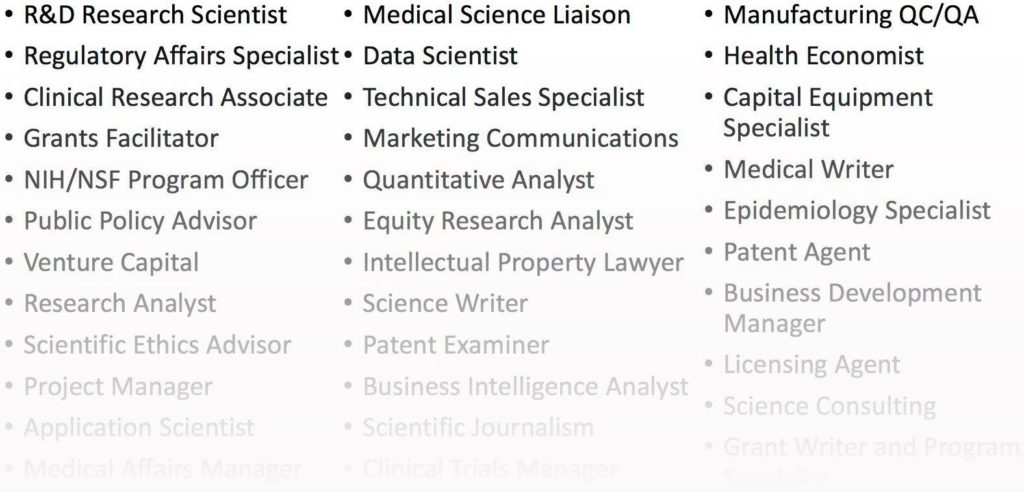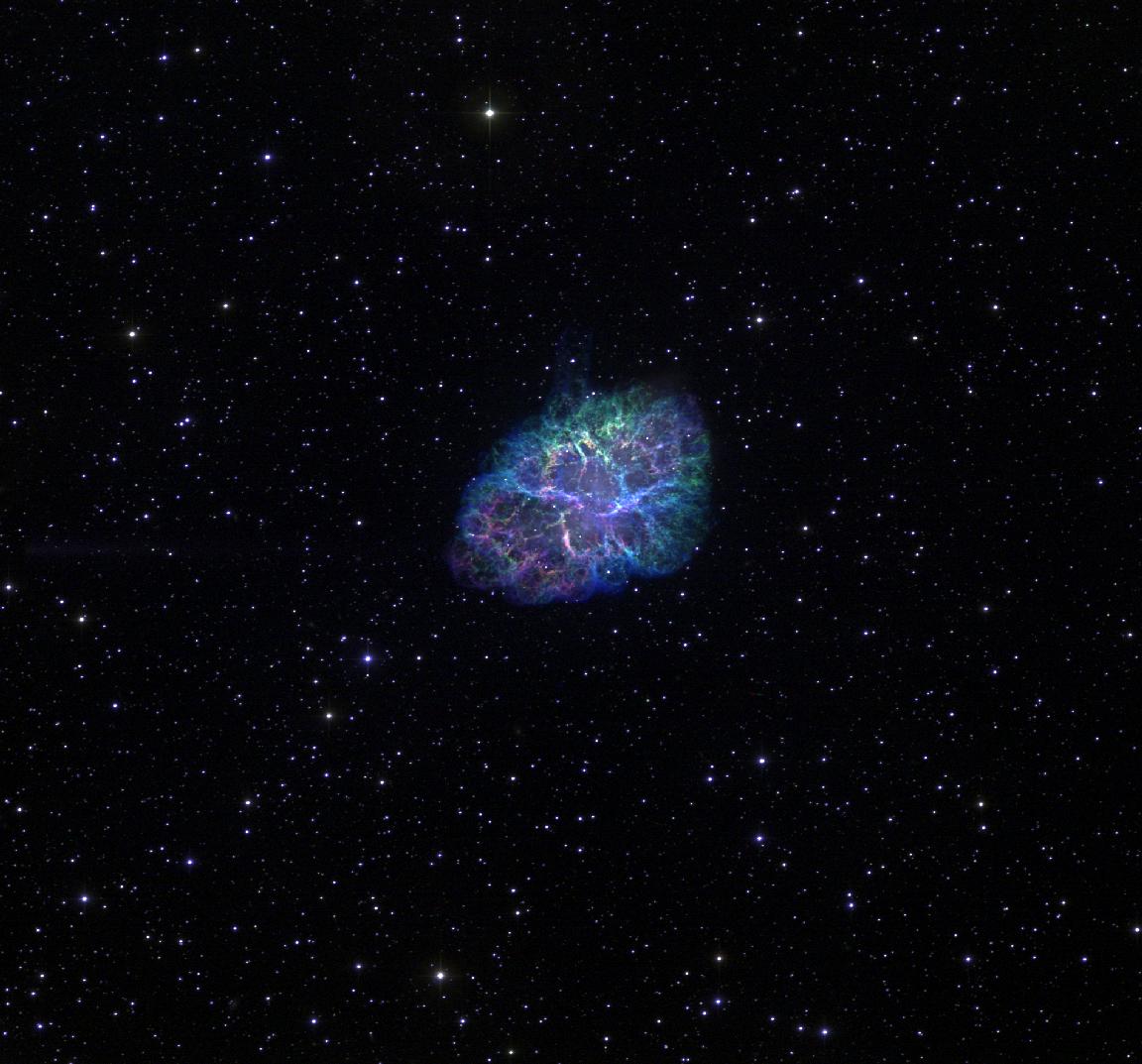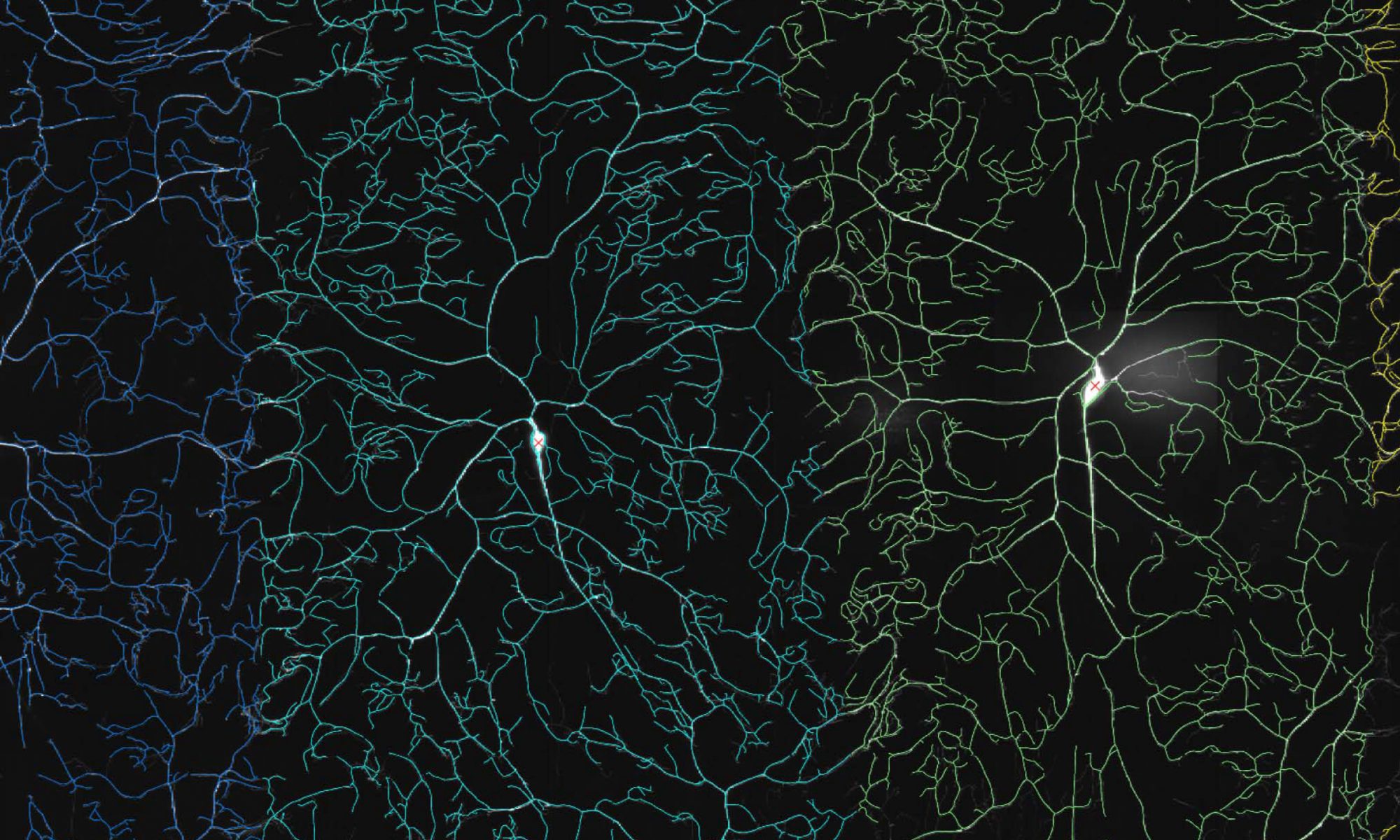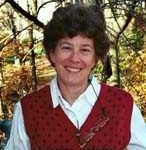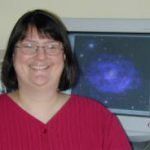The ability to verify and replicate scientific discovery relies on meaningful access to research output, historically communicated via academic journals, trade publications, and books. The rising costs to access scientific research coupled with advances in data-driven methods have made traditional publishing models so unsustainable that 90% of scientists interviewed by Nature Publishing Group believe we are facing a reproducibility crisis. In a world of computational methods, artificial intelligence, 3D modeling, and a linked open web, pay-to-access scholarly journals are no longer adequately communicating or enabling access to scientific discovery. Alternative models aim to drive publishing towards more open, accessible, and impactful practices.

Join us as Jamie WIttenberg, head of IU LIbraries Scholarly Communication Department asks: What does it mean to publish openly? What is the relationship between reproducibility and openness? How does open access change the way we do science?



